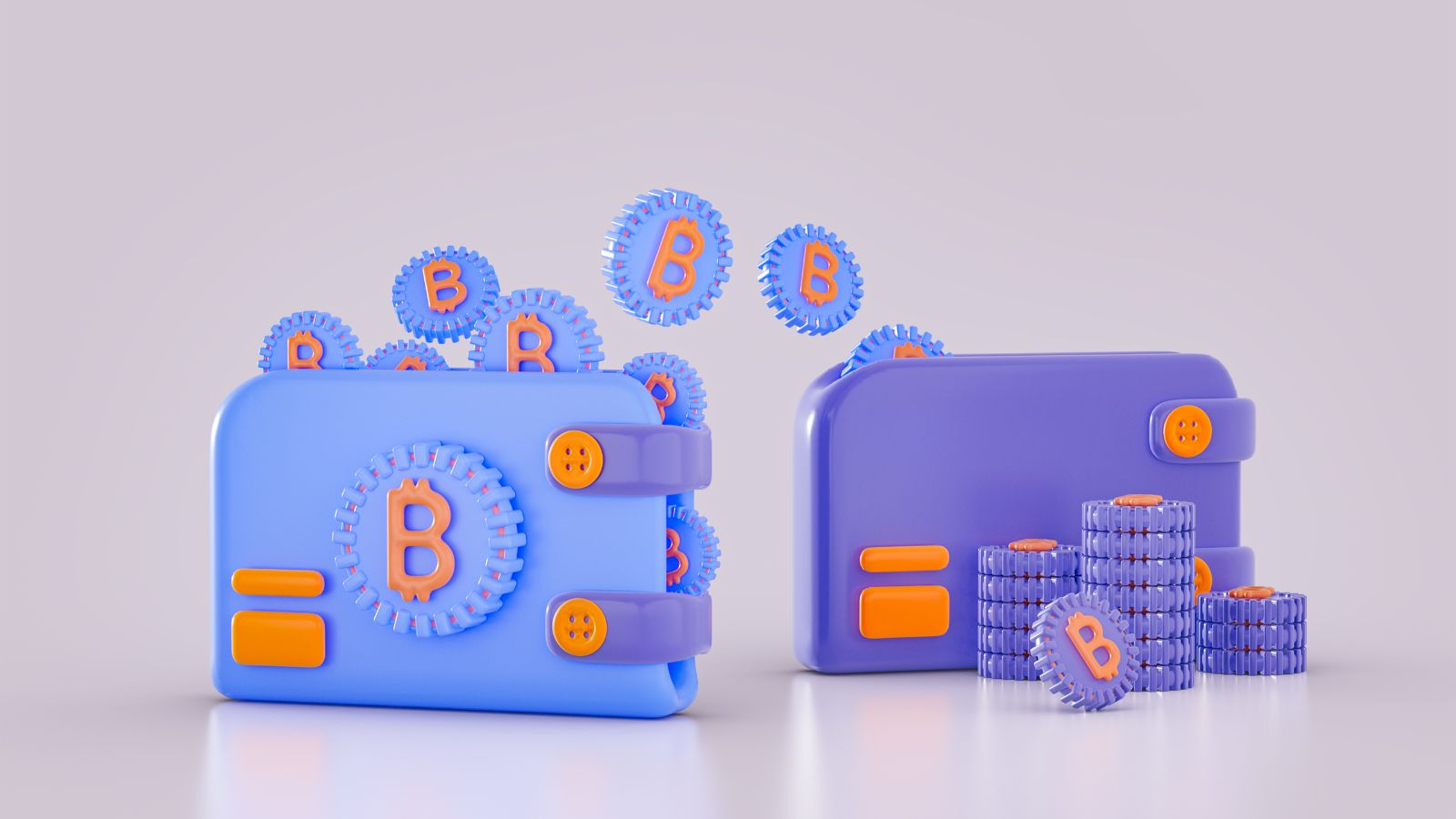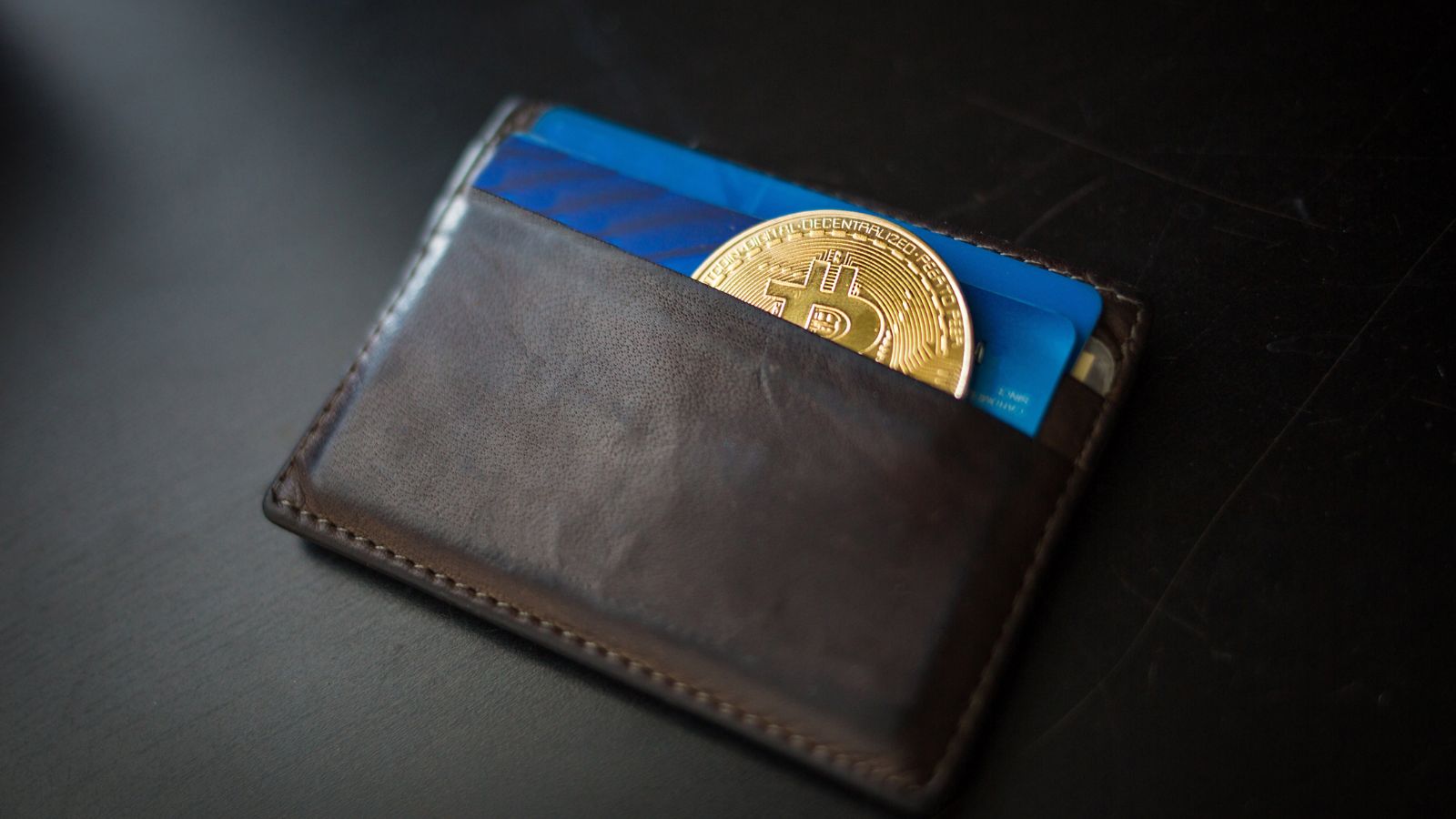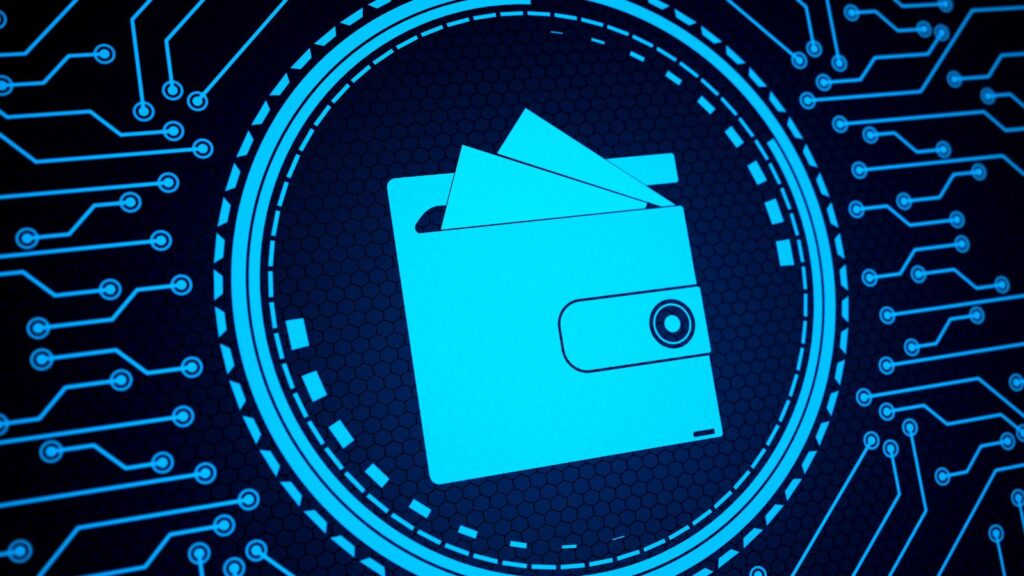When it comes to cryptocurrency, a crypto wallet is one of the first things traders, companies, and individual users think of. A crypto wallet, much like a physical wallet, stores private keys, which are essential for managing digital assets.
As the popularity of cryptocurrency grows, so does the number of crypto wallets. More users and businesses are storing their digital assets online. But unfortunately, it increases the risk of fraud. According to Statista, the number of crypto users – and consequently, the number of crypto wallets – is expected to surpass 860 million[2] in the near future.
So, whether you’re just starting or expanding your crypto knowledge, you may be asking: How to open a crypto wallet?
In this article, you’ll learn how to create and use a crypto wallet. Keep reading to find out everything you need to know.

Understanding Crypto Wallets
A crypto wallet is a digital tool used to store, send, and receive cryptocurrency. It holds private keys, which are required to access and manage your digital assets. Without a wallet, you cannot participate in the crypto world.
There are two main types of wallets:
- Hot wallets are online wallets that are easy to access but less secure due to their constant connection to the internet.
- Cold wallets are more secure because they store your assets offline, protecting them from online threats.
Crypto wallets also come in various forms: software wallets (apps), hardware wallets (physical devices), and paper wallets (printed keys). Each type offers varying levels of security and convenience. Your choice depends on how frequently you use your assets and how secure you want them to be.
Choosing The Right Crypto Wallet
Before opening a crypto wallet, it’s crucial to understand your needs. The wallet should align with the goals of its owner ( trading, storing assets long-term, or making daily transactions). Here are five key factors to consider:
Security: This is the top factor to consider. The wallet should protect the private keys and seed phrases. Losing them means losing access to the assets forever.
Accessibility: It’s recommended to choose a wallet that’s easy to use and compatible with devices to use it on. Some wallets are mobile-only, while others support both desktop and mobile platforms.
Cryptocurrency support: The wallets should support the cryptocurrencies that are expected to be stored. Some wallets are limited to certain coins, while others, like support diverse crypto assets.
Backup and recovery options: A wallet that provides backup options, such as seed phrases or recovery keys, is a good choice. A 12-24 word seed phrase is essential for easy recovery. Without it, losing the device could mean losing access to the wallet permanently.
Purpose of use: Hot wallets are ideal for active traders, while cold wallets are better suited for long-term storage.
Step-By-Step Guide To Opening A Crypto Wallet
There are five steps to follow to create a crypto wallet:
Step 1: Choosing a wallet type
Decide whether you need a hot wallet or a cold wallet. If you plan to use your wallet for making purchases or accepting payments, consider a wallet that integrates with a cryptocurrency payment provider, which can make transactions easier and faster.
Step 2: Downloading or purchasing
- For hot wallets: Download the app from the official app store (Google Play or Apple App Store) or directly from the wallet’s official website.
- For cold wallets: Purchase a hardware wallet from a trusted, reputable seller.
Step 3: Installing and setting up
- For hot wallets: Install the app on your phone or computer, create an account, and set a strong password.
- For cold wallets: Follow the manufacturer’s setup instructions to pair the hardware wallet with your device.

Step 4: Backup
Write down your wallet’s seed phrase (a unique series of words) and store it in a safe location. This phrase is essential for wallet recovery. Enable two-factor authentication (2FA) if available, especially for hot wallets, to add an extra layer of protection.
Step 5: Adding crypto assets
Once your wallet is set up, you can start adding cryptocurrencies. To receive crypto, use your wallet’s public address. To send crypto, enter the recipient’s address and confirm the transaction. If you plan to use your wallet for payments, you can link it with a cryptocurrency payment provider, which allows you to make purchases from merchants that accept cryptocurrencies.
Now your wallet is fully set up to store, send, and receive cryptocurrency securely.
